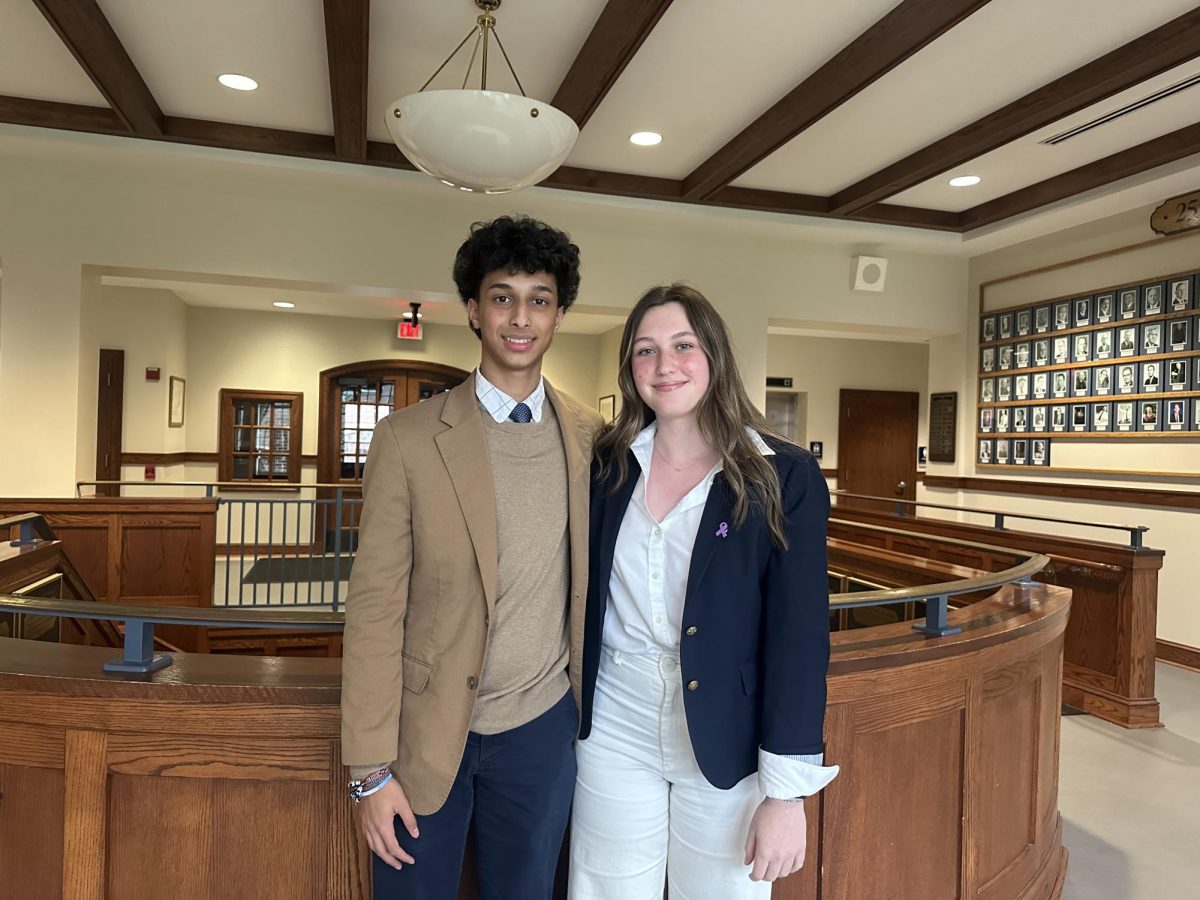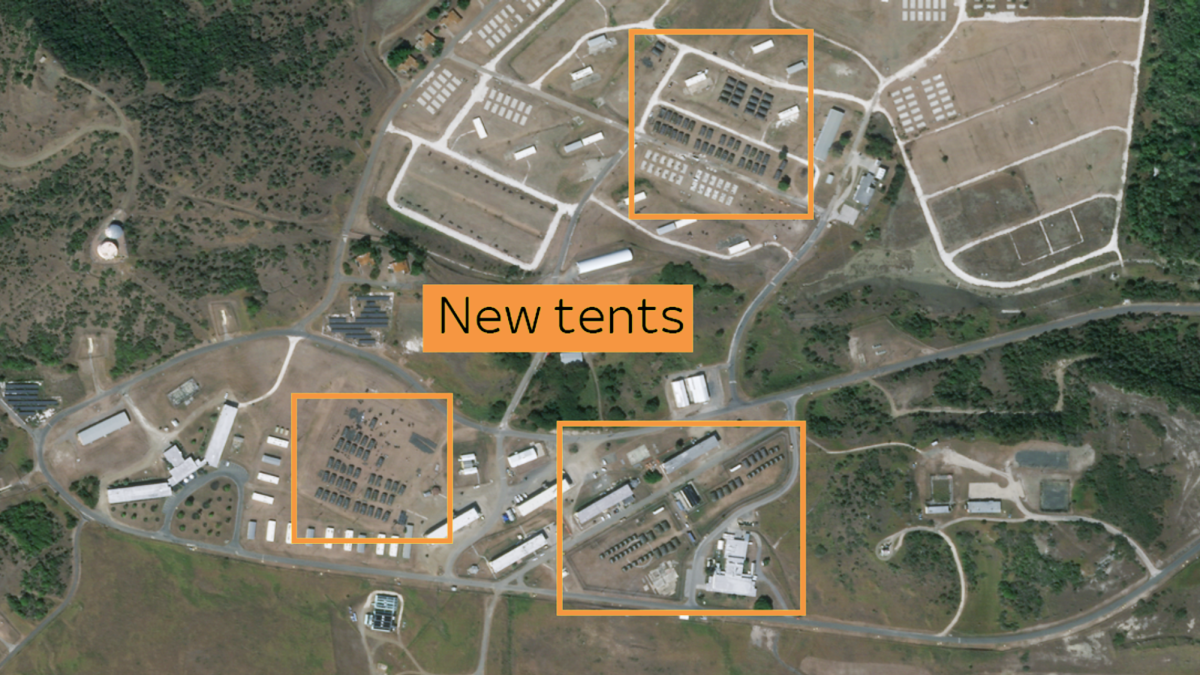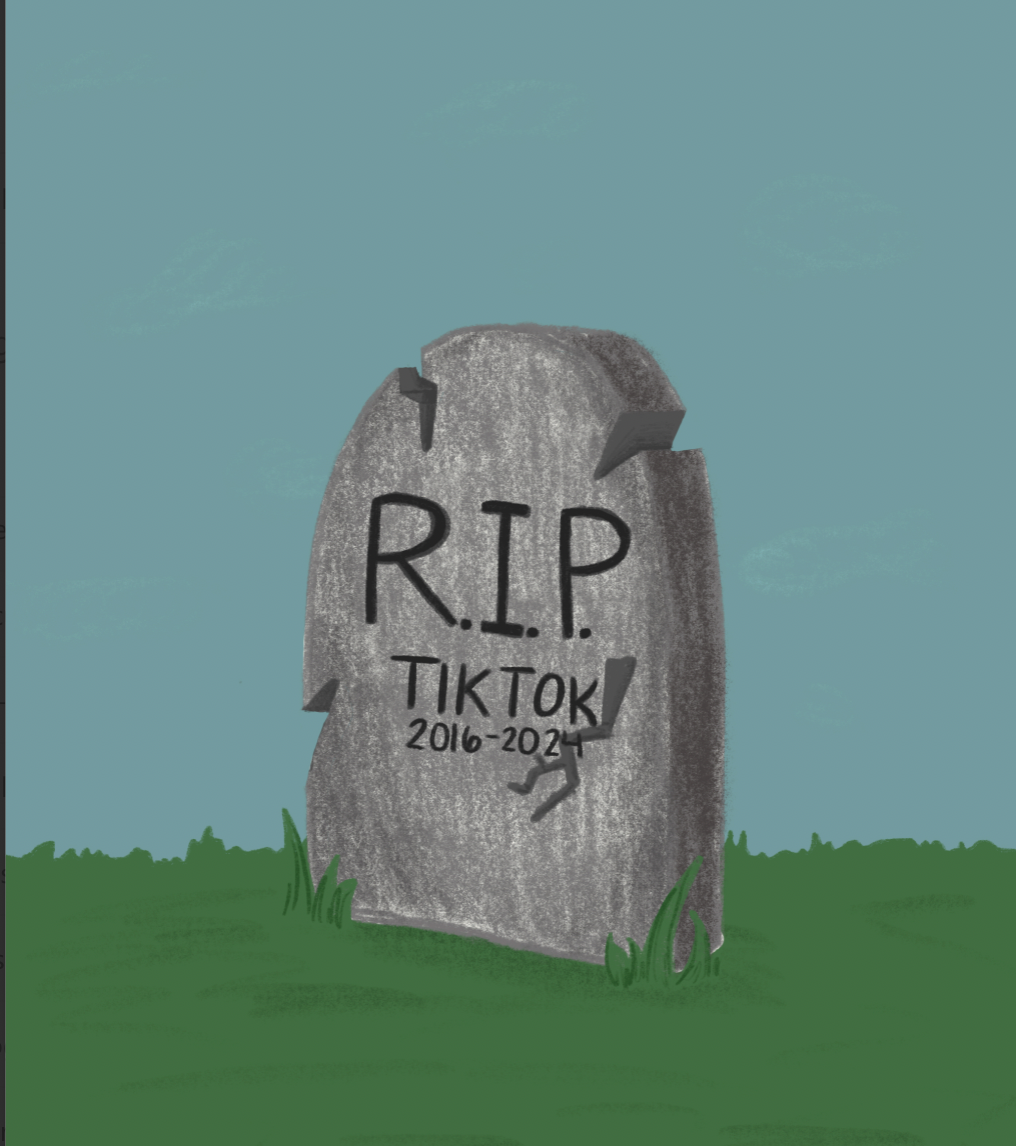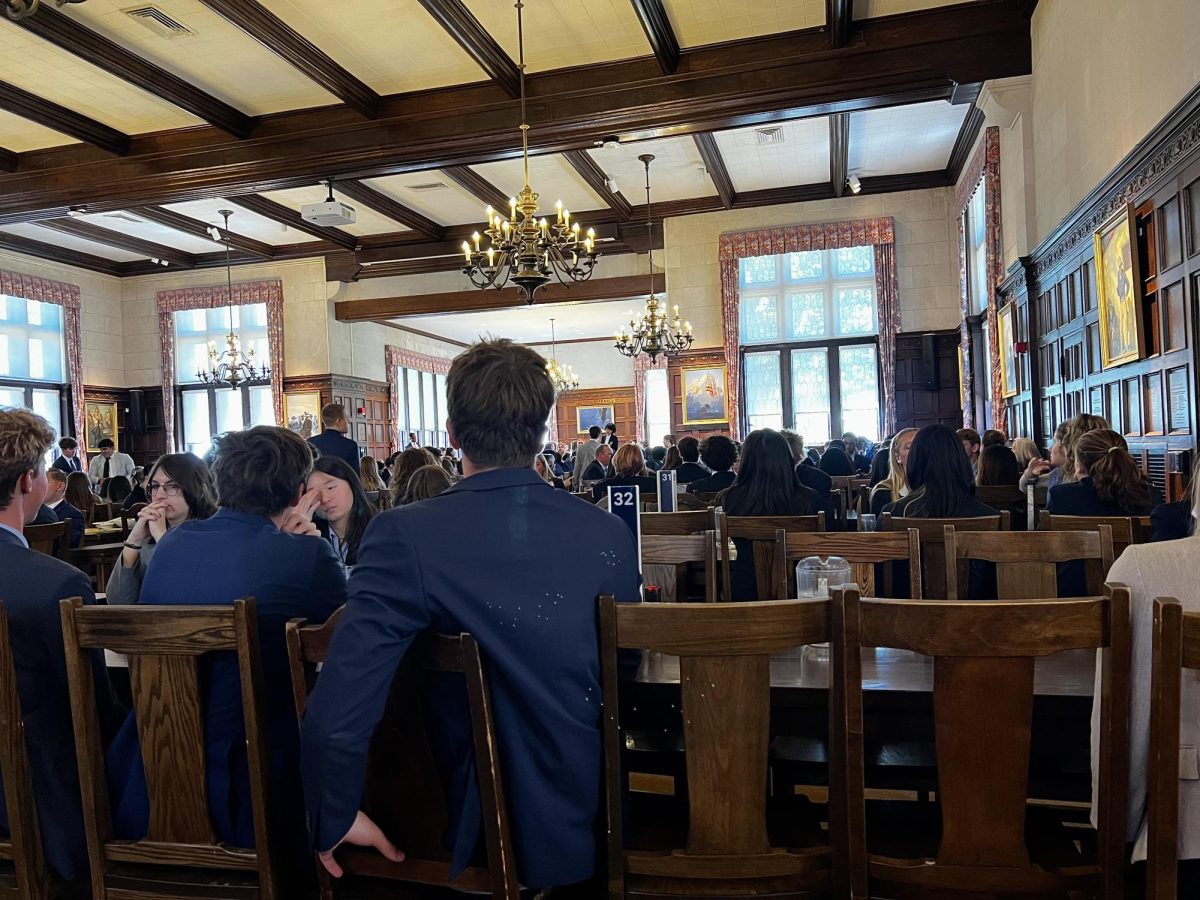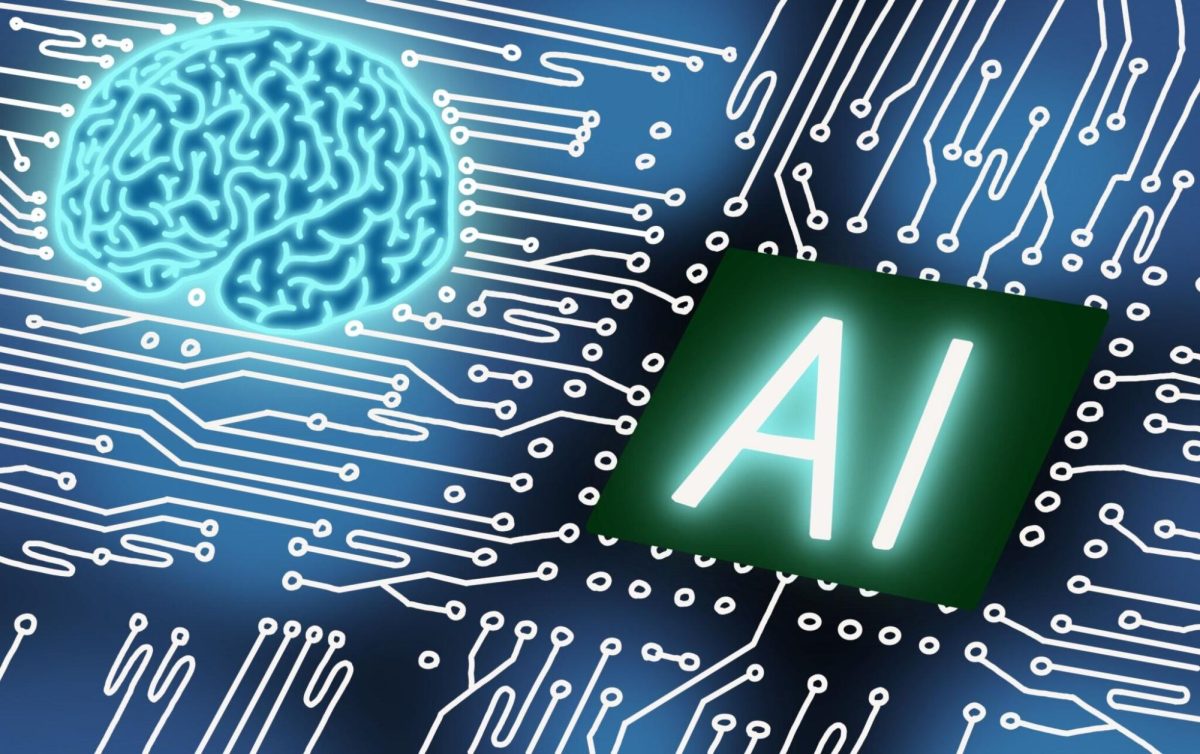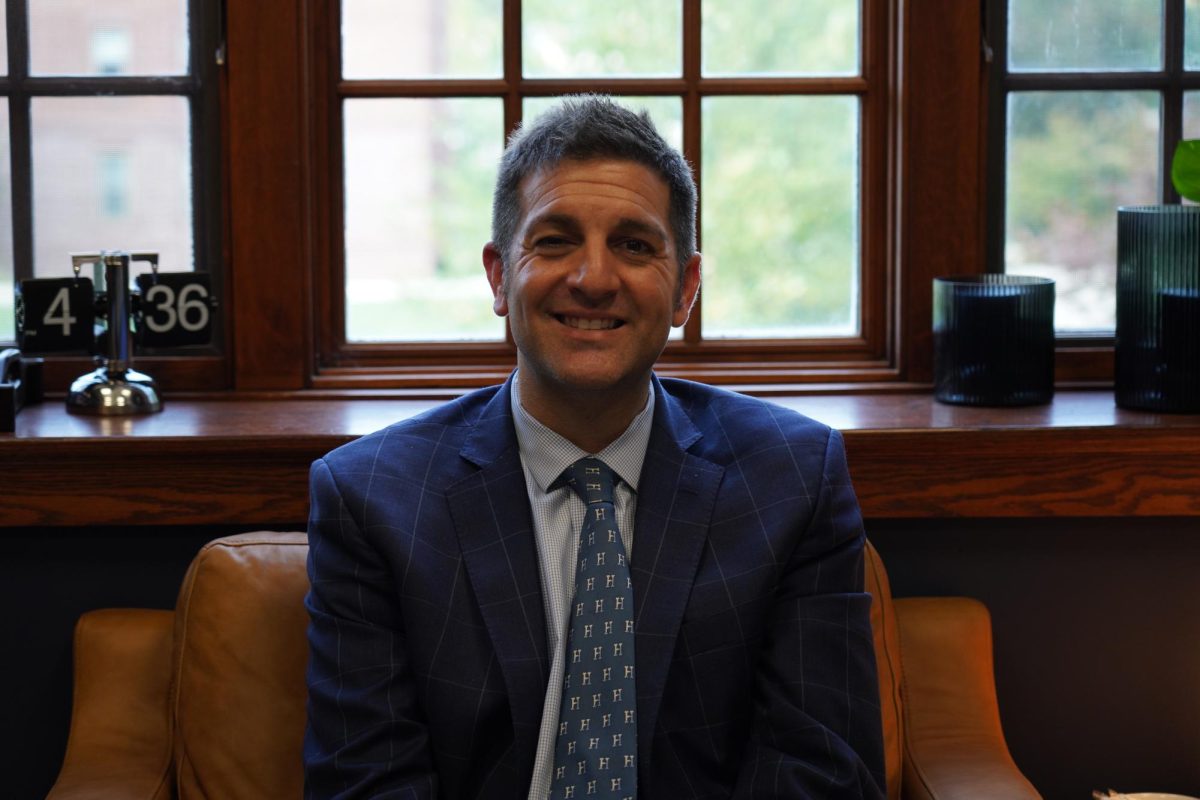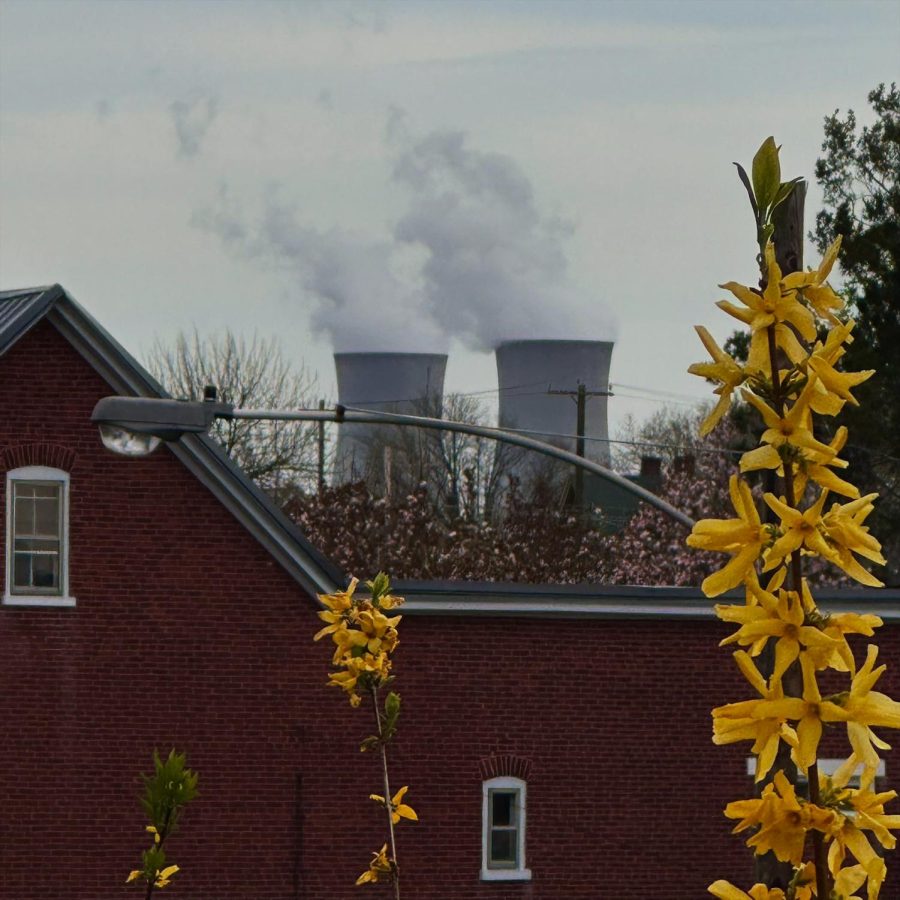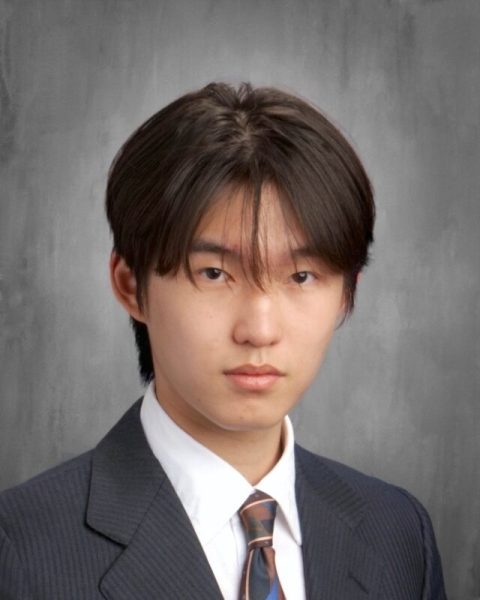Developing fusion technologies could revolutionize local power production
Media: Ryan Qiu ’26
The nearby Limerick Generating Station powers the surrounding city of Pottstown with nuclear energy. Up-and-coming fusion technology could make this process more efficient.
Familiar drives down E High Street are marked by the sight of the imposing twin concrete chimneys of the Limerick Generating Station. The LGS, owned by Constellation, is able to generate enough carbon-free electricity for over 1.7 million homes. The two visually striking structures will continue to generate energy “until 2044 and 2049, respectively,” according to Constellation, after a 20-year license extension in 2014.
The LGS, like all contemporary nuclear power plants, utilizes a process known as nuclear fission, the process of splitting atoms, to generate energy. In one of these plants, a sustained nuclear chain reaction will generate intense heat, which is transferred to the cooling system in the plant, typically a large pool of water, to produce steam. This steam then drives a turbine, which, in turn, drives a generator to produce electricity.
Although nuclear fission energy is often touted as a clean and efficient process, it also has significant drawbacks and limitations that must be taken into consideration. “Nuclear power is scary as all hell,” said Robert Steinman, instructor of physics and former medium energy and nuclear physicist. While it is true that nuclear energy does not produce greenhouse gas emissions, and its efficiency is unrivaled, the process also generates highly radioactive waste that poses serious environmental and health risks.
Furthermore, the capital costs of building and maintaining nuclear power plants are high, and decommissioning them can take decades, requiring significant financial investment. Additionally, nuclear accidents, such as Chernobyl and Fukushima, have shown the potential for catastrophic consequences if something goes wrong with a nuclear power plant. Small accidents can have severe consequences.
It is due to the aforementioned and world’s growing energy needs that it is essential to constantly explore alternative sources of clean and efficient energy. Said Steinman, “I think we have to be cognizant and acknowledge the problems that go along with nuclear power, and we, as human beings, need to put in the time to deal with those problems, and instead we’re very good at avoiding those problems.”
One potential candidate is nuclear fusion, the same process that powers stars, and the process that has been hailed as the “holy grail” of energy production. Nuclear fusion generates energy by doing the opposite of fission: fusing atomic nuclei of light atoms, rather than splitting those of heavy ones, resulting in a process that is potentially safer, cleaner, and more efficient than nuclear fission. While nuclear fusion is still in the experimental stage, scientists and researchers around the world are working tirelessly to make this promising technology a reality.
In light of recent discoveries, that prospect has been driven one step closer. Early in March this year, scientists at the University of Rochester, led by Dr. Ranga Dias, announced the tantalizing discovery of a historical breakthrough in the field of superconductivity – the discovery of a room temperature superconductor, nitrogen-doped lutetium hydride. This technology has the potential to transform any device that requires electricity.
Over a century ago, superconductivity was discovered – a phenomenon that occurs in certain materials when they are cooled to very low temperatures, typically near absolute zero (−459.67°F), where, at these extremely low temperatures, the electrical resistance of these materials drops to zero, allowing them to conduct electricity with zero energy loss. One of the unique properties of superconductors is that they can expel magnetic fields from their interior, known as the Meissner effect. These two phenomena combined allow superconductors to create very strong and stable magnetic fields.
Superconductivity has significant implications for nuclear fusion energy. Fusion requires extremely high temperatures and pressures to overcome the repulsive forces between the two positively charged nuclei that are being fused. At temperatures required for fusion, material becomes plasma, one of the four fundamental states of matter. In this case, that means a plasma consisting of hydrogen isotopes, typically deuterium and tritium. The plasma is held in the center of a structure known as a tokamak, consisting of a toroidal vacuum chamber surrounded by a series of magnetic coils that create a toroidal magnetic field runs perpendicular to current flow and confines the plasma in the center of the chamber. If said field is not strong enough, the plasma would come into contact with the walls of the chamber, cooling the plasma and greatly reducing energy production.
The use of superconducting magnets in nuclear fusion reactors allows for higher magnetic field strengths and greater stability, which results in improved efficiency and higher power output. It also reduces the amount of energy required to maintain the magnetic field, as less energy is lost due to resistance in the superconducting coils.
As of right now, there is still a very long way to go when it comes to nuclear fusion power. Steinman adds that, “I don’t think I’m gonna see it in my lifetime, I think you’ll be lucky to see it in your lifetime, I think it’s going to take time.” There is no doubt that a commercial fusion reactor will be prohibitively expensive to engineer and maintain. We have only scratched the surface of fusion energy: producing more energy than is required to initiate and maintain sustained fusion.
Therefore, in the meantime, I encourage the Hill community to read and learn about these topics that hold immense potential to revolutionize the way we live: the Meissner effect, Cooper pairs, alpha particles, etc., are all topics to investigate. Steinman would like those interested to know that “It’s okay to ask questions and it’s okay to not have all the answers, but then, don’t throw your hands up and say, ‘well then we shouldn’t do it.’ That’s not how we do things.”



